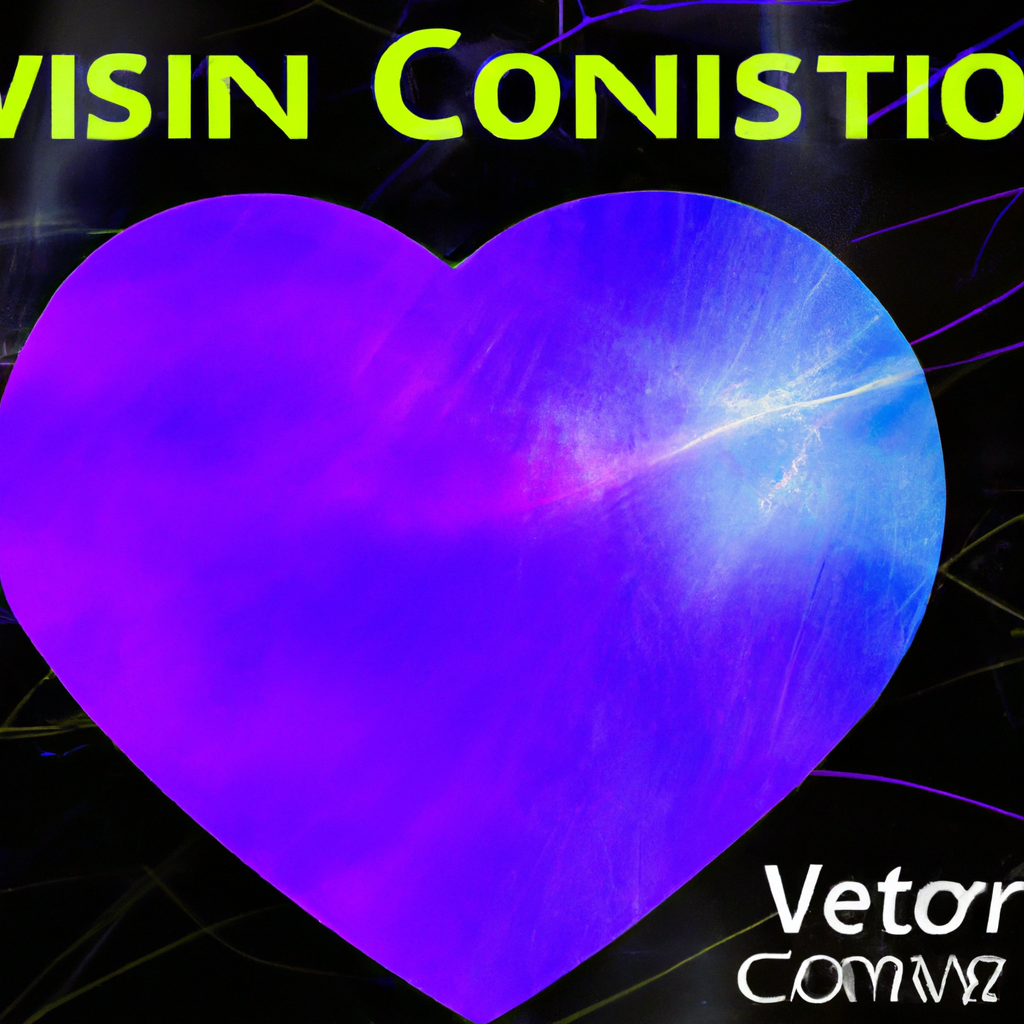Exploring the Applications of Computer Vision in Medical Imaging
Table of Contents
Exploring the Applications of Computer Vision in Medical Imaging
# Introduction
Computer vision, a subfield of artificial intelligence, has gained significant traction in recent years due to its potential to revolutionize various industries. One such industry that has benefited greatly from computer vision is the field of medical imaging. Medical imaging plays a crucial role in diagnosing and treating diseases, and the integration of computer vision techniques has enhanced the accuracy, efficiency, and objectivity of medical image analysis. In this article, we will explore the applications of computer vision in medical imaging and its impact on the field of healthcare.
# Overview of Medical Imaging
Medical imaging encompasses a wide range of techniques used to create visual representations of the interior of the human body. These techniques aid in the detection, diagnosis, and monitoring of diseases and abnormalities. Some of the most common medical imaging modalities include X-ray, computed tomography (CT), magnetic resonance imaging (MRI), ultrasound, and positron emission tomography (PET).
Traditional medical imaging techniques provide clinicians with detailed images, but the interpretation and analysis of these images are often time-consuming and subjective. This is where computer vision comes into play, as it can automate and streamline the image analysis process, leading to improved patient outcomes.
# Computer Vision Techniques in Medical Imaging
Computer vision techniques applied to medical imaging involve the extraction of meaningful information from images, such as identifying structures, detecting abnormalities, and quantifying relevant features. These techniques rely on algorithms and models that learn from vast amounts of labeled data, enabling the system to accurately classify and segment structures within medical images.
One of the primary applications of computer vision in medical imaging is image segmentation. Image segmentation involves dividing an image into distinct regions, allowing clinicians to isolate and analyze specific structures or abnormalities. For example, in brain MRI scans, computer vision algorithms can segment the brain tissue, tumors, and other pathological regions, aiding in tumor detection, monitoring disease progression, and treatment planning.
Computer vision techniques also play a crucial role in image registration, which involves aligning multiple images of the same patient taken at different times or using different modalities. Image registration enables clinicians to compare and analyze images longitudinally, aiding in the assessment of disease progression and treatment response. For instance, in radiation therapy planning, computer vision algorithms can register pre-treatment and post-treatment images to evaluate the effectiveness of the treatment and optimize future interventions.
Another application of computer vision in medical imaging is object detection and recognition. This involves the identification and localization of specific objects within an image. In mammography, computer vision algorithms can detect and classify suspicious lesions, assisting radiologists in early breast cancer detection. Similarly, in retinal imaging, computer vision techniques can detect and monitor retinal abnormalities, such as diabetic retinopathy and age-related macular degeneration.
# Challenges and Future Directions
While computer vision has shown immense promise in the field of medical imaging, there are several challenges that need to be addressed to fully harness its potential. One of the challenges is the need for large amounts of annotated data for training computer vision algorithms. Annotating medical images is a time-consuming and labor-intensive task, requiring expert knowledge and meticulous attention to detail. The scarcity of labeled data hinders the development and deployment of robust computer vision models.
Furthermore, the interpretability and explainability of computer vision models in medical imaging are of utmost importance. Clinicians need to understand how the algorithms arrive at their conclusions to trust and effectively utilize them in clinical practice. Research efforts are underway to develop interpretable deep learning models that can provide insights into the decision-making process of computer vision algorithms.
The integration of computer vision with other emerging technologies, such as machine learning and natural language processing, holds immense potential for advancing medical imaging. By combining these technologies, clinicians can extract valuable insights from medical images, electronic health records, and clinical reports, enabling personalized medicine and improving patient care.
# Conclusion
Computer vision has emerged as a powerful tool in medical imaging, revolutionizing the field of healthcare. Its applications in image segmentation, registration, and object detection have improved the accuracy and efficiency of medical image analysis, leading to enhanced disease detection, diagnosis, and treatment planning. However, challenges such as data scarcity and interpretability need to be addressed to fully realize the potential of computer vision in medical imaging. With ongoing research and advancements, computer vision will continue to play a vital role in transforming healthcare and improving patient outcomes.
# Conclusion
That its folks! Thank you for following up until here, and if you have any question or just want to chat, send me a message on GitHub of this project or an email. Am I doing it right?
https://github.com/lbenicio.github.io

